Occupation Photographer | Name Namir Noor-Eldeen | |
 | ||
Died July 12, 2007, Baghdad, Iraq | ||
Cause of death Armor-piercing shell | ||
Namir noor eldeen
Namir Noor-Eldeen (Arabic: نمير نورالدين) (September 1, 1984 – July 12, 2007) was an Iraqi freelance photojournalist. Noor-Eldeen, his assistant, Saeed Chmagh, and eight others were fired upon by U.S. military forces in the New Baghdad district of Baghdad, Iraq, during an airstrike on July 12, 2007. It is claimed in an official report from the US Department of Army that the group of ten was carrying at least one RPG-7 and one AK-47; and that Noor-Eldeen's camera and attached zoom lens may have been mistaken for an additional RPG. However, in video footage released by WikiLeaks, it seems that this is untrue and the group carried no weaponry at all. Noor-Eldeen and seven others were killed during the first strike.
Contents
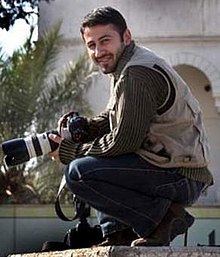
Early life and career
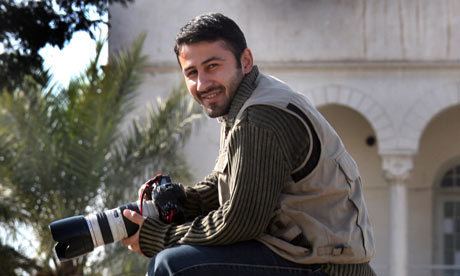
Noor-Eldeen was born on September 1, 1984, in Mosul, Iraq. He developed an interest in photography and video from his family, and started training in those crafts. He was one of the first photographers trained by the Reuters news agency as part of a strategy to employ photojournalists with strong local knowledge and access to areas considered too dangerous for Western photographers to work in. Chris Helgren, former Reuters chief photographer who instigated the agency's plan, called Noor-Eldeen one of the star recruits of the initial recruitment stage, and said, "In Mosul, he started from nothing and is now the pre-eminent photographer in Northern Iraq."
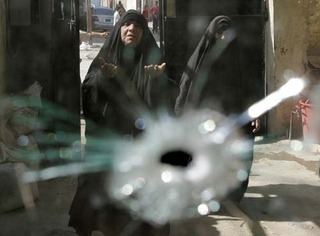
He originally worked in Mosul, where he started to develop a strong reputation from his photos and his tendency to arrive at the scene of attacks quickly, even amid danger. One of his photos, of a masked insurgent carrying a grenade launcher and a police flak jacket after a November 2004 police station attack, gained particular attention and was described by New York Times journalist Michael Kamber as "one of the seminal images of the war — a single photo that captured Iraq's descent into chaos and the inability of the Iraqi and American governments to protect resources, or pretty much anything else at that point". Noor-Eldeen was transferred to Baghdad after he started receiving threats in Mosul from insurgents unhappy with his photos. During his time as a photographer, he had been shot in the leg, had his nose broken more than once, and had been detained and harassed, but his editors said he maintained a sense of energy and optimism.
Airstrike and death
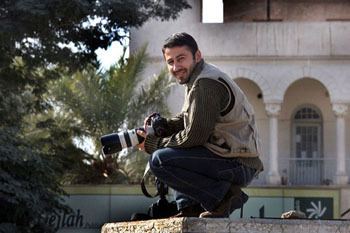
On July 12, 2007, after several skirmishes in the area, two American AH-64 Apache helicopters observed a group of people milling around on a street in Baghdad. They reported some in that group to be armed, presumed them to be Iraqi insurgents, and fired on them. The helicopters also fired on a van being driven by a man with his two children inside that stopped to evacuate the wounded. Both children were wounded. Noor-Eldeen and his Reuters driver, Saeed Chmagh, were among those killed in the attack. Noor-Eldeen was 22 years old at the time of his death.
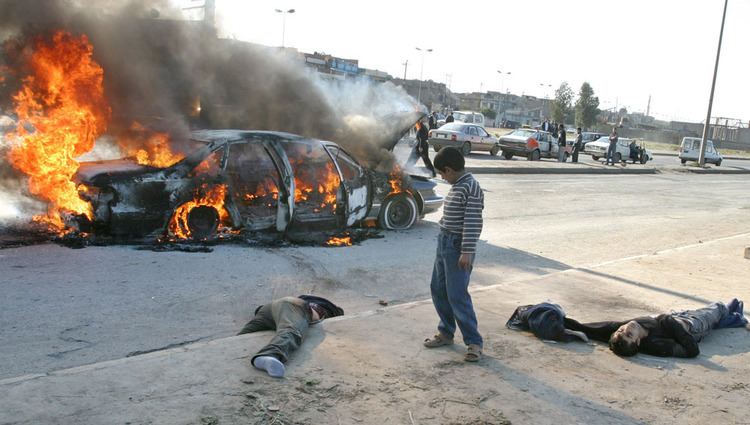
Noor-Eldeen and Chmagh were the fifth and sixth Reuters employees killed in Iraq since the 2003 invasion began. All six were killed by American soldiers. Mohammed Ameen, another Reuters photographer and one of Noor-Eldeen's closest friends, found his body in a dilapidated Iraqi morgue and arranged for the body to be preserved until his funeral. After their deaths, Reuters screened a photographic tribute to Noor-Eldeen and Chmagh in New York City's Times Square and London's Canary Wharf.
Video release
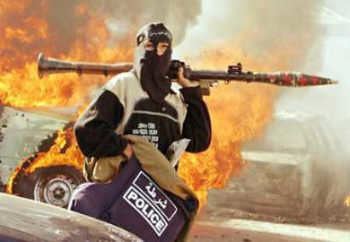
For more than two years after the shooting, Reuters and other organizations sought probes into the deaths of Noor-Eldeen and other journalists killed in Iraq, but the U.S. military withheld key information on the grounds that it was classified. The military also refused to release a video taken from one of the gunships that captured the complete sequence and radio communication during the shootings. On April 5, 2010, the video was released on the website WikiLeaks, which said it acquired the video from military whistle-blowers and viewed it after breaking the encryption code. The shootings and Noor-Eldeen's deaths are detailed in The Good Soldiers, a 2009 nonfiction book by David Finkel.
